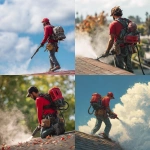Explore the Best AI Image Gallery
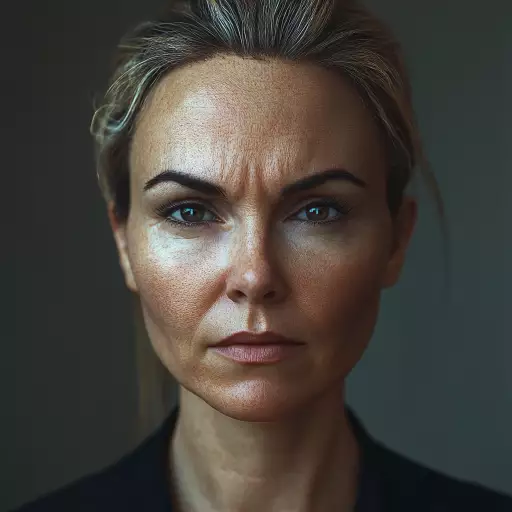
Beyond the Brush: AI-Generated Visual Content and the Future of Creativity
The realm of art and design is undergoing a seismic shift with the emergence of AI-generated visual content. This technology, capable of producing stunning imagery, animations, and even interactive experiences, is blurring the lines between human and machine creativity, prompting both excitement and apprehension within the creative industry.
Unleashing New Creative Possibilities
AI-powered tools offer a plethora of possibilities for artists, designers, and content creators:
- Concept Visualization: AI can quickly generate multiple visual concepts based on textual descriptions, helping artists overcome creative blocks and explore diverse ideas.
- Personalized Art Experiences: Imagine artwork that adapts to your preferences or even generates unique pieces based on your emotions. AI opens doors to highly personalized art experiences.
- Enhanced Efficiency: Repetitive tasks like creating background elements or generating variations of a design can be efficiently handled by AI, freeing up creative professionals to focus on higher-level conceptual work.
Applications Across Industries
The impact of AI-generated visual content extends far beyond the traditional art world:
- Advertising and Marketing: Dynamically generating visuals for campaigns, creating personalized ads, and even designing interactive product experiences.
- Film and Gaming: Automating background creation, generating character designs, and producing stunning visual effects.
- Architecture and Design: Visualizing building concepts, exploring different design iterations, and creating immersive 3D walkthroughs.
Navigating the Ethical Landscape
While AI-generated content offers immense potential, it also raises ethical considerations:
- Copyright and Ownership: Who owns the copyright to AI-generated artwork? How do we determine authorship when a machine creates the work?
- Bias and Representation: AI algorithms are trained on existing data, which can perpetuate biases present in society. Its crucial to ensure that AI-generated content is diverse and inclusive.
- Job Displacement: While AI can automate certain tasks, its important to consider the potential impact on creative jobs and explore strategies for reskilling and upskilling.
The Future of Creativity: A Collaborative Landscape
AI-generated visual content is not about replacing human creativity but rather augmenting and expanding it. The future likely holds a collaborative landscape where artists, designers, and AI work together to create innovative and groundbreaking works.
Emerging trends include:
- More Intuitive AI Tools: User-friendly interfaces that allow even non-programmers to leverage the power of AI for creative expression.
- Explainable AI:**
- Greater transparency in how AI algorithms generate content, building trust and understanding.
- Hybrid Creative Processes: **Combining human intuition and artistic vision with the computational power of AI to achieve new levels of creativity.
As we embrace this evolving landscape, it is essential to foster open dialogue, ethical frameworks, and continuous learning to ensure that AI-generated visual content empowers and enriches the creative industry for all.
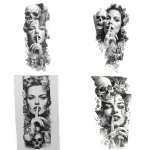
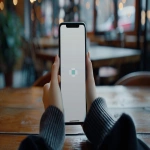
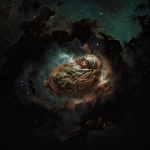

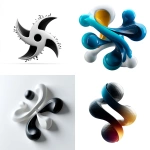

](https://images.ai-img.art/thumbnails/150/4a4f2a16da94ebadad64aeb3b0fb4e64d426431f1d651cc4929142c728fe85b7.webp)



](https://images.ai-img.art/thumbnails/150/37f115f2fa75765b87e6d3e2c9f1b0a80a6a46efa8b864a05278c7fc0a0a62e7.webp)
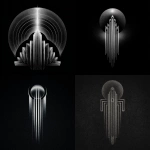
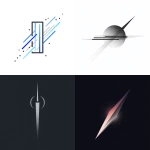


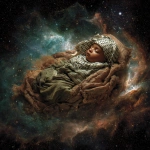

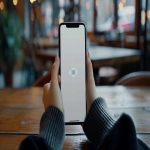


](https://images.ai-img.art/thumbnails/150/24610c8978ce6b4f1ced8639b434482871adb07e38af8b90cd535f2533bf18cc.webp)
](https://images.ai-img.art/thumbnails/150/336026613fd234b8d6908fe18ecc09b2b2ecf7b8dfe294742041c9862dc499c1.webp)
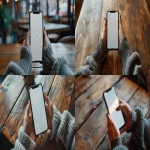
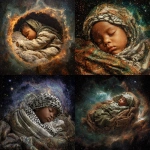
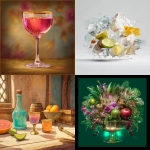
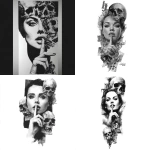



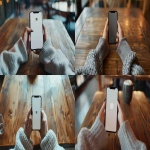
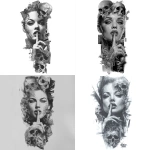
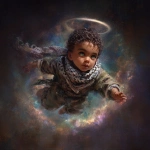
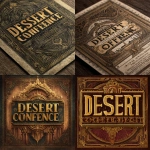
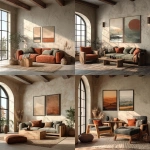
](https://images.ai-img.art/thumbnails/150/d29fcfc8037938184a641f7980e1102e24a6e82088bc465886d26ffe5bb006c7.webp)
](https://images.ai-img.art/thumbnails/150/9127f72c6be19d533c26ac476f4d216cd89a6a2d7c351333489a3eff30c3ec5a.webp)
](https://images.ai-img.art/thumbnails/150/85464d88f1d4314cd042a02a6f41440fc3b4343db529794cbe8e6836fdadf409.webp)

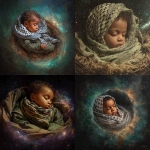
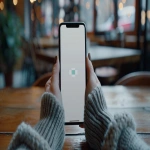


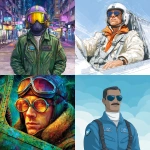


](https://images.ai-img.art/thumbnails/150/b90a5f332cb5d8f02116934e13abd20233e0eeb2368274dbdffaa2e281e4dff5.webp)
